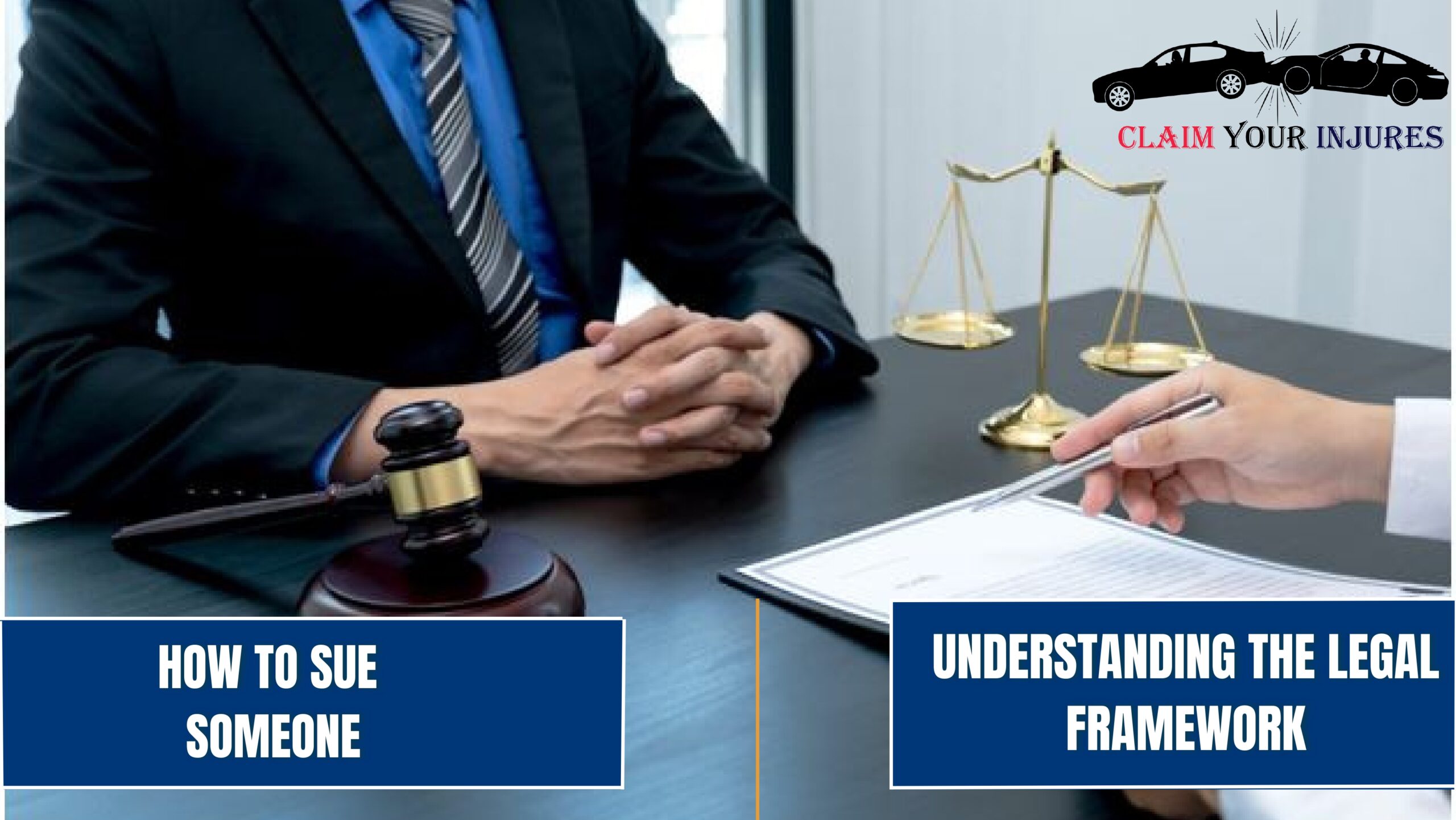
Pursuing a lawsuit is a significant decision that requires a thorough understanding of the legal system. Whether you’re seeking compensation for damages or addressing a grievance, comprehending the steps involved is crucial. This guide provides an in-depth overview of the process, ensuring you’re well-prepared to take legal action.
Before initiating a lawsuit, it’s imperative to evaluate the strength of your case:
Litigation can be lengthy and costly. Before proceeding, consider alternative dispute resolution methods:
Demand Letters: Drafting a clear and concise demand letter to the opposing party can sometimes lead to a resolution without court intervention. This letter should outline the issue, previous attempts to resolve it, the specific relief sought, and a deadline for response.
Mediation and Arbitration: These are forms of alternative dispute resolution where a neutral third party assists in resolving the dispute. Mediation involves facilitated negotiation, while arbitration results in a binding decision from the arbitrator.
If alternative resolutions are unsuccessful, you may proceed with filing a lawsuit. The process typically involves:
Identifying the Appropriate Court: Determine the correct jurisdiction based on factors like the nature of the case, the amount in controversy, and the location of the parties involved. For example, small claims courts handle disputes involving limited monetary amounts, which vary by state.
Drafting and Filing the Complaint: The complaint is a formal document that outlines your allegations against the defendant and the relief sought. It should include:
The title “COMPLAINT” next to the caption.U.S District Court
A statement of jurisdiction.U.S District Court+1Self-Help Guide to the California Courts+1
Numbered paragraphs detailing the claims, each limited to a single set of facts.U.S District Court
The relief sought.JustAnswer+2U.S District Court+2YouTube+2
A jury trial demand if desired.U.S District Court
Your signature, address, email, and telephone number.U.S District Court
Ensure the complaint adheres to the specific formatting and procedural requirements of the chosen court.A caption with the court’s name.U.S District Court
Serving the Defendant: After filing, you must notify the defendant of the lawsuit through a process called “service of process.” This involves delivering the complaint and a summons, informing them of the legal action and their obligation to respond.Enjuris
Awaiting the Defendant’s Response: The defendant has a set period (typically 21-30 days) to respond. They may admit or deny the allegations, present defenses, or file counterclaims against you.Enjuris
Engaging in Discovery: Both parties exchange information pertinent to the case. This phase may involve:Enjuris
Interrogatories: Written questions requiring written answers.
Depositions: Oral questioning under oath.
Requests for Documents: Access to relevant documents or evidence.
Pre-Trial Motions and Hearings: Either party can file motions to resolve specific issues before trial, such as motions to dismiss or for summary judgment.
Trial: If the case isn’t settled or dismissed, it proceeds to trial. Both sides present evidence and arguments, after which a judge or jury renders a decision.
Post-Trial Actions: Depending on the outcome, post-trial motions or appeals may be filed. If you win, you’ll need to take steps to collect the awarded judgment.
For disputes involving smaller monetary amounts, small claims court offers a more streamlined process:Enjuris+1New York State Unified Court System+1
Simplified Procedures: Rules are less formal, and parties often represent themselves without attorneys.Enjuris
Filing Fees: Fees are generally lower than in higher courts. For instance, in New York City Courts, the fee is $15 for claims up to $1,000 and $20 for claims between $1,000 and $5,000.New York State Unified Court System
Faster Resolutions: Cases are typically resolved more quickly than in higher courts.
However, the maximum amount you can sue for is limited and varies by jurisdiction.
Suing someone is a complex process that demands careful consideration and preparation. By thoroughly assessing your claim, exploring alternative dispute resolutions, and understanding the procedural steps, you can navigate the legal system more effectively. Consulting with a legal professional is highly recommended to ensure your rights are protected and to enhance the likelihood of a favorable outcome.
Our Support and Sales team is available 24 /7 to answer your queries
This is an advertisement paid for by participating attorneys. claimyourinjuries.com is not a law firm or a lawyer referral service. We do not provide legal advice. We provide your information directly to a lawyer in your state so that they may provide you professional legal help. Attorneys may present you with options, advice, and counsel regarding the specific requirements of each state and your claim. Each case is different. The result depends on the laws, facts, and circumstances unique to each case. Hiring a lawyer is an important decision that should not be based solely on advertising. We do not endorse, make any representation as to, and have not made any judgment concerning the qualifications, expertise, or credentials of any participating member professional.
© 2025 Claim Your Injuries. All Rights Reserved.